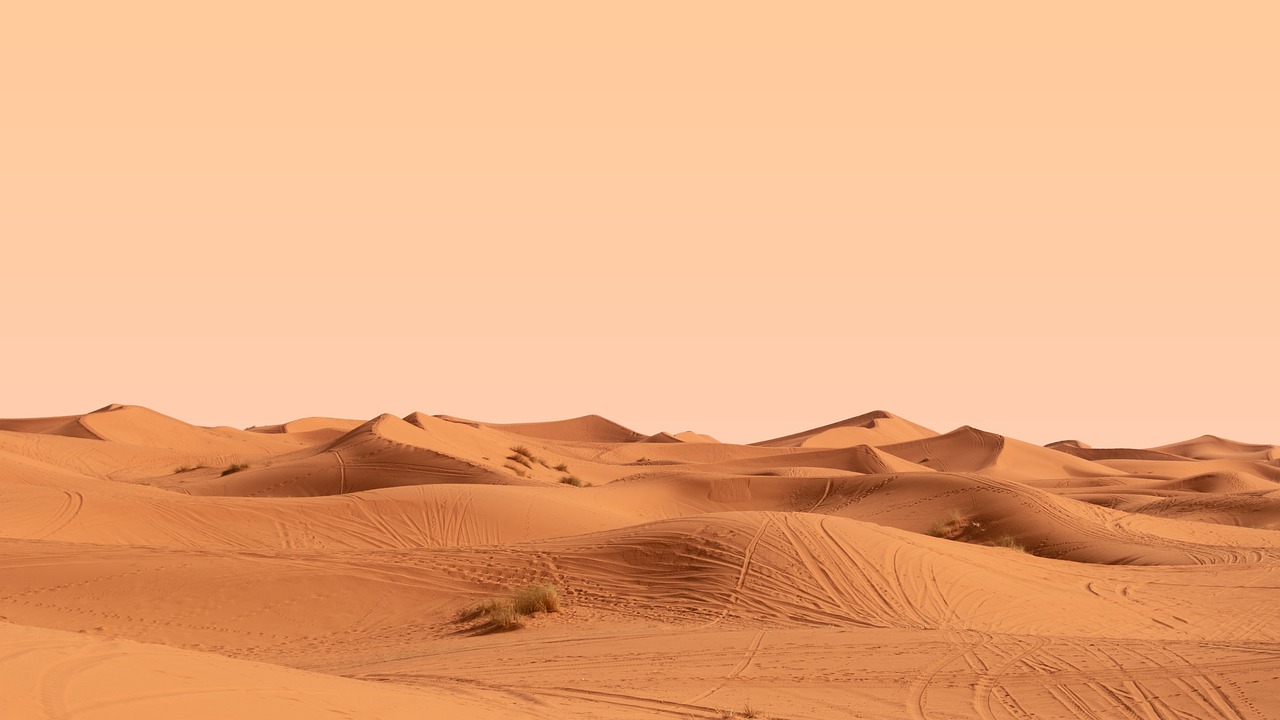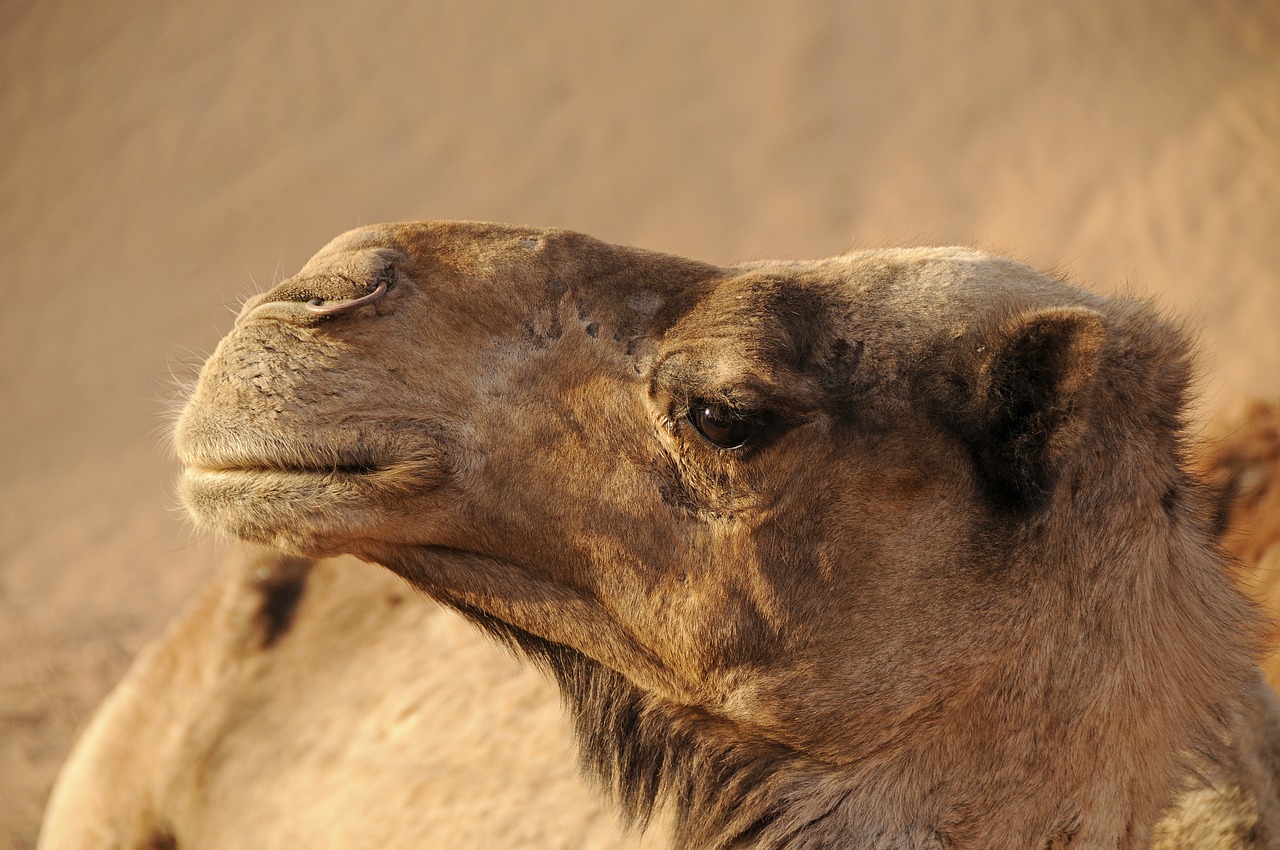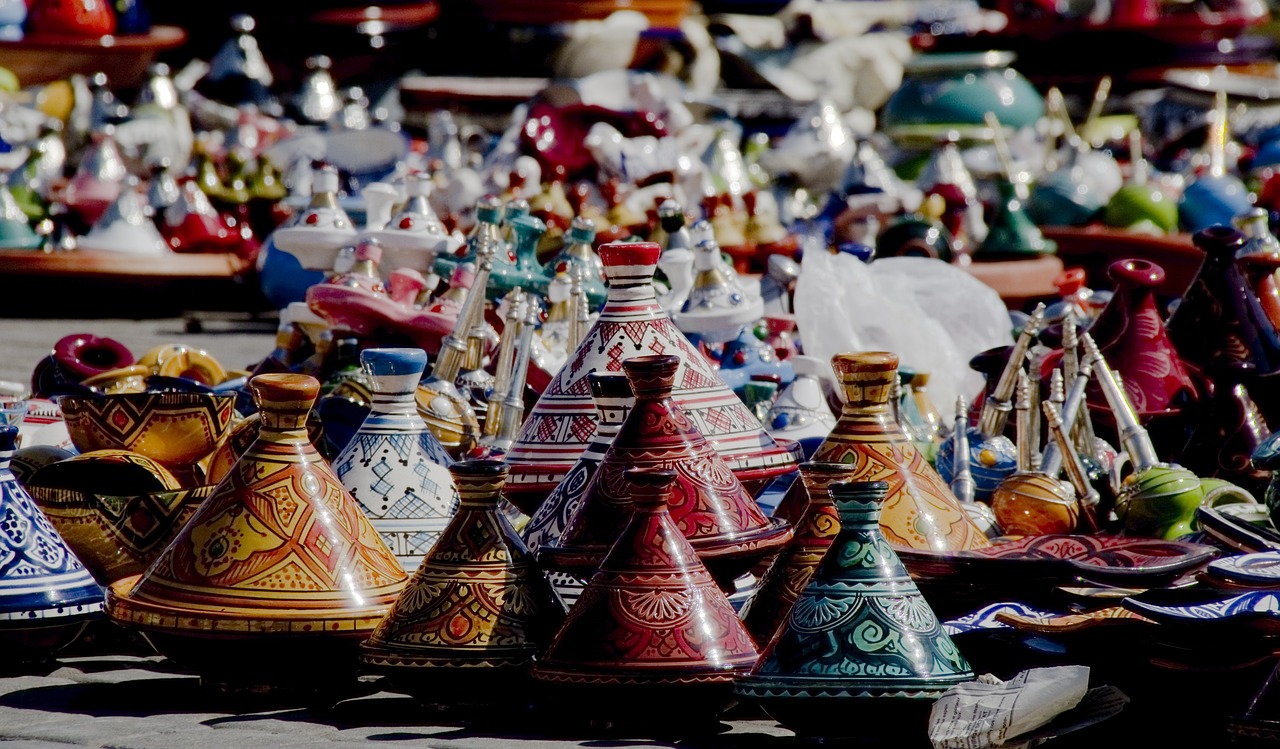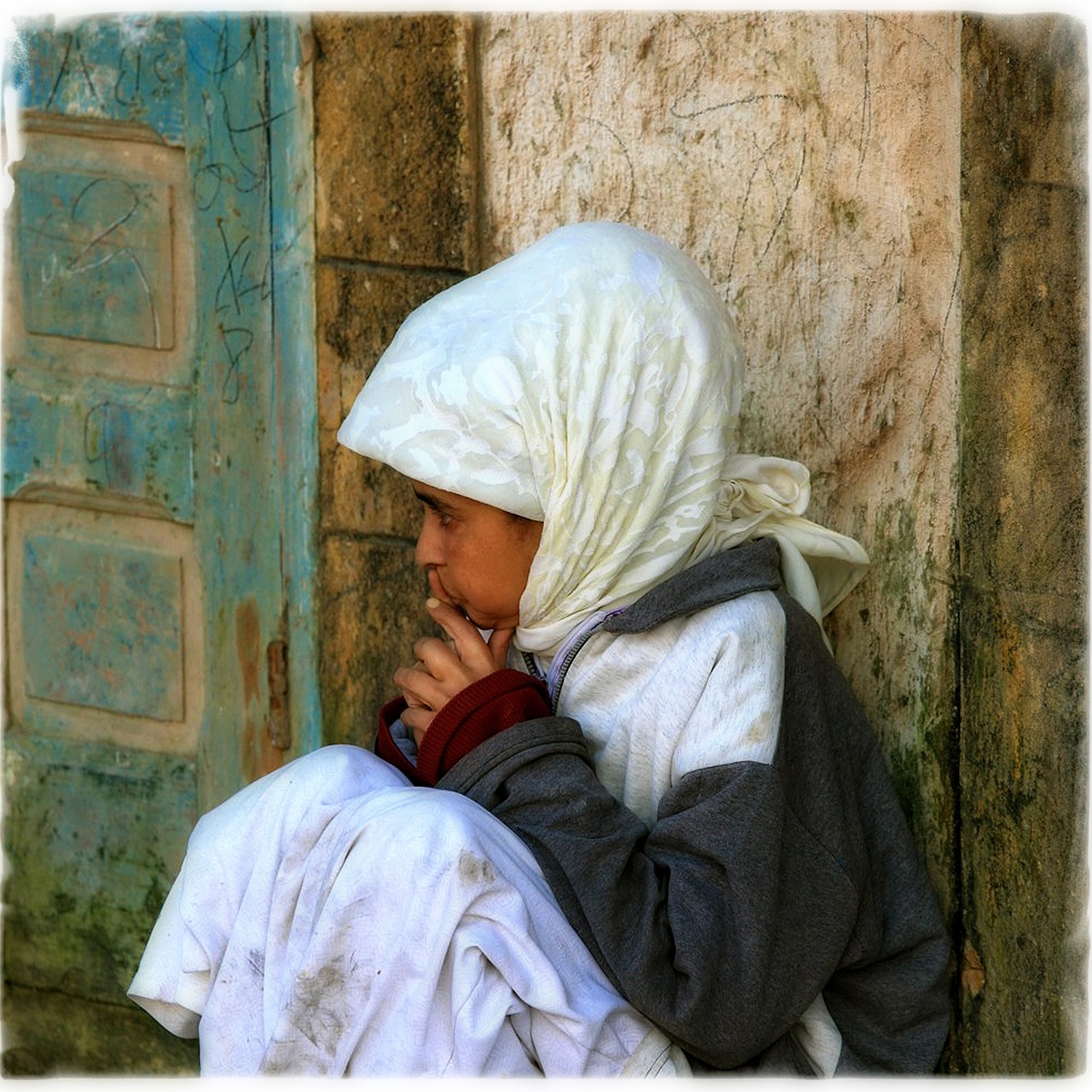Morocco Video
Exploring Local Arts and Hobbies in Morocco
Morocco is a country rich in culture and heritage, known for its vibrant arts and crafts scene. From traditional pottery and intricate woodwork to mesmerizing music and captivating storytelling, there is a wealth of local arts and hobbies to explore in this North African gem. In this article, we will take you on a journey through twelve distinct sections, each highlighting a unique aspect of Morocco’s diverse artistic traditions.
Traditional Pottery
Moroccan pottery is renowned for its exquisite craftsmanship and vibrant colors. The ancient art of pottery making has been passed down through generations, with each region having its own distinctive style. Some popular pottery centers include Fez, Safi, and Tamegroute. The pottery is often adorned with intricate geometric patterns and motifs, reflecting the rich cultural heritage of the country.
- Zellige Tiles: Zellige tiles are a prominent feature of Moroccan architecture. These handcrafted ceramic tiles are meticulously cut and assembled to create stunning mosaic patterns. They can be found in palaces, mosques, and traditional houses, adding an element of beauty to the surroundings.
- Tamegroute Pottery: Tamegroute, a small village in southern Morocco, is famous for its unique green pottery. The distinctive color is achieved through a combination of specific minerals and a traditional firing technique. Tamegroute pottery is often adorned with intricate designs and is highly sought after by collectors.
- Fez Pottery: The city of Fez is known for its traditional blue and white pottery. The intricate designs and patterns are hand-painted onto the ceramic pieces, creating beautiful works of art. Fez pottery is not only decorative but also functional, with various items such as plates, bowls, and tagines being produced.
Calligraphy and Illumination
Calligraphy and illumination are highly regarded arts in Moroccan culture. The art of Arabic calligraphy involves the skilled use of a reed pen to write verses from the Quran or other religious texts. Illumination, on the other hand, refers to the decoration of manuscripts with gold leaf and vibrant colors. These two art forms often go hand in hand, with calligraphers creating intricate designs that are then illuminated.
- Andalusian Calligraphy: Andalusian calligraphy is a unique style that originated in Morocco during the Islamic Golden Age. It is characterized by its flowing, curvilinear forms and is often used to decorate architectural elements such as arches and doorways.
- Arabic Manuscripts: Morocco has a rich tradition of producing beautifully illuminated Arabic manuscripts. These manuscripts often contain religious texts or poetry and are meticulously crafted by skilled artisans. The intricate designs and vibrant colors make them a true work of art.
- Contemporary Calligraphy: While traditional calligraphy and illumination continue to thrive, there is also a growing contemporary calligraphy scene in Morocco. Modern calligraphers are experimenting with new styles and techniques, blending traditional Arabic script with contemporary art forms.
Woodwork and Carpentry
Moroccan woodwork is known for its intricate carvings and exquisite craftsmanship. The art of woodworking has been practiced in Morocco for centuries, with skilled artisans creating stunning pieces of furniture, doors, and decorative items.
- Moucharabieh: Moucharabieh is a type of woodwork that features intricate latticework patterns. It is commonly used in Moroccan architecture to create privacy screens, allowing light and air to pass through while maintaining privacy. The delicate designs and geometric patterns add a touch of elegance to any space.
- Thuya Wood: Thuya wood is a rare and highly prized material used in Moroccan woodwork. It is known for its distinct fragrance and beautiful grain patterns. Thuya wood is often used to create decorative boxes, jewelry, and small furniture pieces.
- Ceiling Carvings: Many traditional Moroccan houses feature elaborately carved wooden ceilings. These intricate designs showcase the skill and artistry of Moroccan woodworkers. The carvings often depict geometric patterns, floral motifs, and Islamic calligraphy.
Moroccan Music and Dance
Morocco has a rich musical heritage, with various traditional music styles and dances that reflect the country’s diverse cultural influences. From the hypnotic rhythms of Gnawa music to the energetic movements of belly dancing, Moroccan music and dance are a feast for the senses.
- Gnawa Music: Gnawa music is deeply rooted in Moroccan culture and has its origins in Sub-Saharan Africa. It combines traditional African rhythms with Islamic spiritual chants, creating a mesmerizing fusion of sound. The Gnawa musicians often play traditional instruments such as the guembri, a three-stringed lute.
- Andalusian Music: Andalusian music is a classical music style that originated in Al-Andalus, present-day Spain, during the Islamic Golden Age. It was brought to Morocco by the Andalusian refugees and has since become an integral part of Moroccan musical traditions. The music is characterized by its intricate melodies and poetic lyrics.
- Belly Dancing: Belly dancing, also known as raqs sharqi, is a popular dance form in Morocco. It is characterized by fluid movements of the hips and torso, accompanied by lively music. Belly dancing is often performed at weddings, festivals, and other celebratory events.
Traditional Storytelling
Storytelling has long been an important part of Moroccan culture, with skilled storytellers captivating audiences with their tales. Traditional storytelling, known as hikayat, involves the oral transmission of stories, myths, and legends from one generation to another.
- Jamaa El Fna Square: The Jamaa El Fna Square in Marrakech is famous for its vibrant storytelling scene. Every evening, storytellers gather to entertain crowds with their captivating narratives. The stories often cover a wide range of topics, including history, folklore, and morality tales.
- Storytelling Festivals: Morocco hosts several storytelling festivals throughout the year, attracting storytellers from around the country and beyond. These festivals provide a platform for both traditional and contemporary storytellers to showcase their skills and keep the ancient art of storytelling alive.
- Storytelling Workshops: Many cultural centers and organizations in Morocco offer storytelling workshops, allowing individuals to learn the art of storytelling from experienced practitioners. These workshops not only preserve the tradition but also encourage creativity and self-expression.
Traditional Textile Crafts
Moroccan textiles are known for their vibrant colors, intricate patterns, and fine craftsmanship. The country has a rich tradition of textile arts, with various techniques and styles being practiced across different regions.
- Embroidery: Moroccan embroidery is a highly skilled craft that involves stitching intricate designs onto fabric. Each region has its own unique embroidery style, with patterns varying from geometric motifs to floral designs. Embroidered textiles are often used for traditional clothing, home decor, and ceremonial purposes.
- Rugs and Carpets: Moroccan rugs and carpets are renowned for their beauty and durability. They are handwoven using techniques passed down through generations. Each rug tells a story, with its patterns and symbols representing different aspects of Moroccan culture and heritage.
- Tassels and Pom-Poms: Tassels and pom-poms are commonly used as decorative elements in Moroccan textiles. They add a playful touch to pillows, curtains, and traditional clothing. The tassels are often made by hand, using colorful threads and intricate knotting techniques.
Traditional Metalwork
Moroccan metalwork is characterized by its intricate designs and exquisite detailing. The art of metalwork has a long history in Morocco, with skilled artisans creating beautiful pieces using techniques such as filigree, repoussé, and engraving.
- Brass and Copper: Brass and copper are commonly used metals in Moroccan metalwork. Artisans create stunning lanterns, trays, and decorative objects by hammering and shaping these metals into intricate designs. The finished pieces are often adorned with engraved patterns and sometimes combined with colorful glass.
- Silver Jewelry: Moroccan silver jewelry is highly prized for its craftsmanship and unique designs. Traditional Berber jewelry, in particular, is known for its bold shapes and intricate metalwork. The jewelry often features symbols and motifs that hold cultural and spiritual significance.
- Enamel Work: Enamel work, known as zellige fassi, involves the application of colored enamel onto metal surfaces. The enamel is then fired to create a glossy finish. This technique is commonly used to decorate jewelry, boxes, and other decorative objects.
Ceremonial and Festive Traditions
Morocco has a rich tradition of ceremonial and festive traditions, with various rituals and celebrations that showcase the country’s cultural diversity.
- Henna Art: Henna art is an integral part of Moroccan weddings and other festive occasions. Intricate designs are drawn onto the hands and feet of the bride and other female participants using natural henna paste. The art form has deep cultural and symbolic significance.
- Fantasia: Fantasia is a traditional equestrian performance that originated in Morocco. It involves a group of horse riders charging in unison, firing their muskets into the air. Fantasia is often performed during celebrations and special events, showcasing the skill and bravery of the riders.
- Moroccan Weddings: Moroccan weddings are elaborate affairs, often lasting several days. They are filled with music, dancing, and traditional rituals. Each region has its own unique wedding traditions, reflecting the cultural diversity of the country.
Contemporary Art Scene
In addition to its rich traditional arts and crafts, Morocco also has a thriving contemporary art scene. The country is home to numerous galleries, museums, and art festivals that showcase the works of local and international artists.
- Art Galleries: Cities like Marrakech, Casablanca, and Rabat are home to a vibrant art gallery scene. These galleries exhibit a wide range of contemporary artworks, including paintings, sculptures, installations, and mixed media pieces. They provide a platform for emerging and established artists to showcase their talent.
- Art Festivals: Morocco hosts several art festivals throughout the year, attracting artists and art enthusiasts from around the world. The Marrakech Biennale, for example, is a major international art event that showcases contemporary art in various forms.
- Street Art: Moroccan cities are adorned with vibrant street art, with artists using public spaces as their canvas. Street art not only adds color to the urban landscape but also serves as a form of expression and social commentary.
Morocco Image 1:

Traditional Crafts Markets
Exploring the traditional crafts markets, known as souks, is an essential part of experiencing Moroccan arts and hobbies. These bustling markets are filled with a wide array of handicrafts, textiles, ceramics, and other traditional products.
- Marrakech Souks: The souks of Marrakech are famous for their vibrant atmosphere and diverse range of products. From colorful textiles and leather goods to spices and traditional pottery, you can find a treasure trove of Moroccan crafts in these bustling markets.
- Fes Medina: The medina of Fes is a UNESCO World Heritage site and is home to a maze-like network of narrow streets and alleys. Within this ancient city lies a labyrinth of souks, offering a wide variety of traditional crafts, including copperware, carpets, and leather goods.
- Essaouira Market: Essaouira, a coastal town known for its bohemian atmosphere, is home to a vibrant crafts market. Here, you can find unique items such as musical instruments, hand-carved wooden items, and locally made textiles.
Modern Art and Design
Morocco’s artistic landscape is not limited to traditional crafts and practices. The country also boasts a growing contemporary art and design scene, with a focus on innovation and creativity.
- Moroccan Designers: Moroccan designers are gaining international recognition for their unique fusion of traditional and modern aesthetics. From fashion and jewelry to furniture and interior design, Moroccan designers are pushing boundaries and redefining contemporary style.
- Contemporary Architecture: Morocco is home to several architectural marvels that showcase innovative design. From the Hassan II Mosque in Casablanca to the Yves Saint Laurent Museum in Marrakech, these buildings blend traditional Moroccan elements with modern architectural concepts.
- Art and Design Schools: Morocco has a growing number of art and design schools that nurture the next generation of creative talents. These institutions provide students with the skills and knowledge needed to excel in various artistic disciplines.
Morocco Image 2:

Preserving Cultural Heritage
Preserving Morocco’s rich cultural heritage is of utmost importance. Efforts are being made to safeguard traditional arts and crafts, ensuring their continuity for future generations.
- Artisan Cooperatives: Artisan cooperatives have been established to support local craftspeople and provide them with fair wages and working conditions. These cooperatives also help in preserving traditional techniques and promoting the cultural significance of Moroccan crafts.
- Cultural Festivals: Cultural festivals play a vital role in promoting Moroccan arts and hobbies. They provide a platform for artists, artisans, and performers to showcase their talent, while also raising awareness about the importance of cultural preservation.
- Craftsmanship Apprenticeships: Many artisans in Morocco pass down their skills through apprenticeship programs. Young individuals interested in traditional crafts have the opportunity to learn from experienced masters, ensuring the continuity of these ancient art forms.
Street Performances and Festivities
Street performances and festivities are an integral part of Moroccan culture. They bring communities together, allowing people to celebrate and enjoy various forms of entertainment.
- Gnaoua Festival: The Gnaoua Festival in Essaouira is a celebration of traditional Gnaoua music and culture. It attracts musicians and performers from around the world, creating a vibrant and lively atmosphere in the coastal town.
- Marrakech Street Performers: The streets of Marrakech are filled with talented street performers, including musicians, acrobats, and storytellers. Jemaa El Fna Square is a hub of activity, with performers entertaining crowds day and night.
- Fantasia Shows: Fantasia shows, mentioned earlier, are not only performed during special events but also as tourist attractions. Visitors can witness the thrilling spectacle of horse riders charging in unison, accompanied by traditional music and colorful costumes.
Morocco Image 3:

Conclusion
Exploring the local arts and hobbies in Morocco is a fascinating journey through centuries of rich cultural heritage. From traditional crafts and music to contemporary art and design, Morocco offers a diverse range of artistic experiences. The country’s commitment to preserving its cultural heritage ensures that these arts and hobbies continue to thrive, providing a glimpse into the soul of Morocco.
References
– Lonely Planet: www.lonelyplanet.com
– Morocco World News: www.moroccoworldnews.com
– The Culture Trip: www.theculturetrip.com
– Morocco.com: www.morocco.com
– Moroccan National Tourist Office: www.visitmorocco.com


